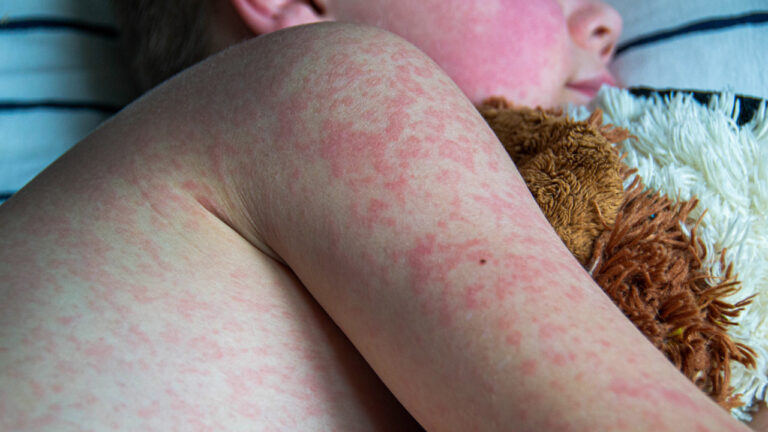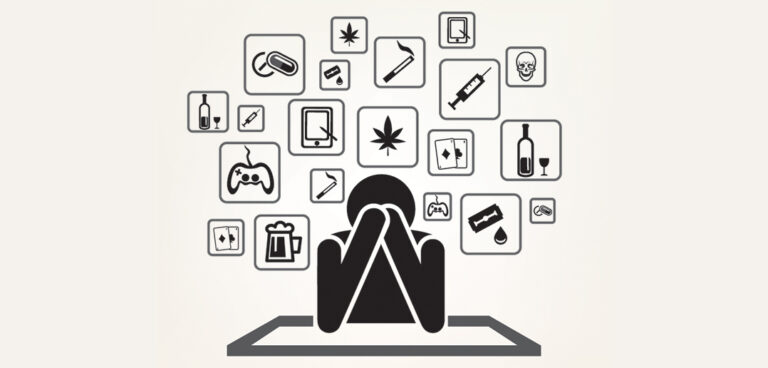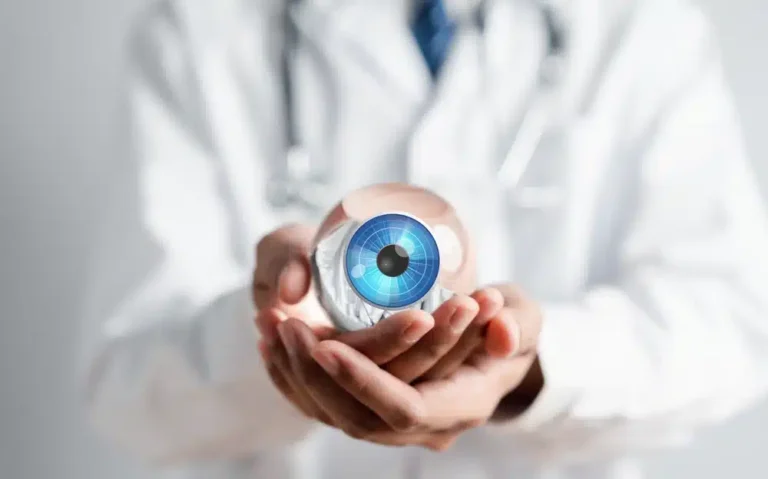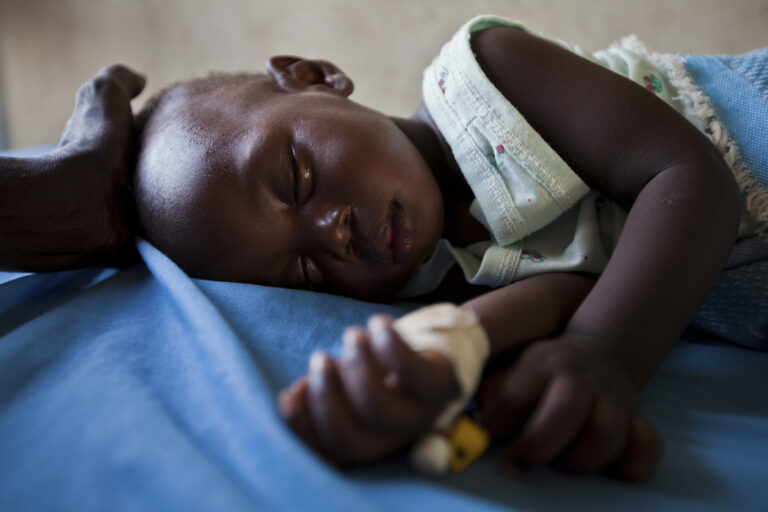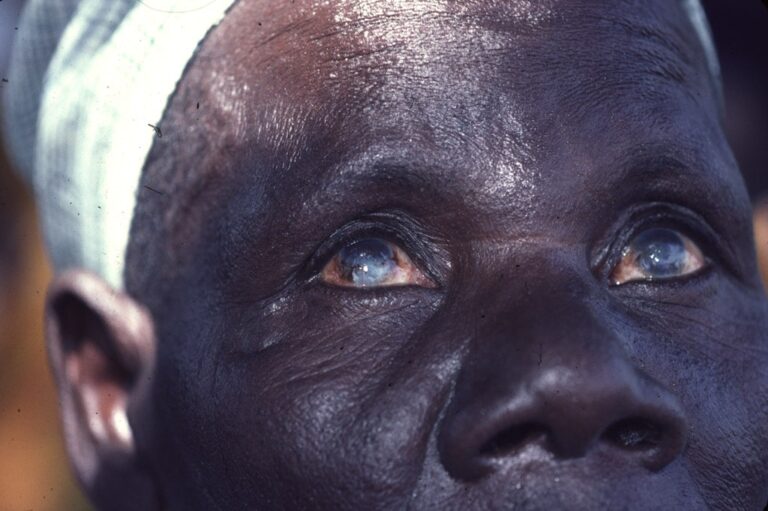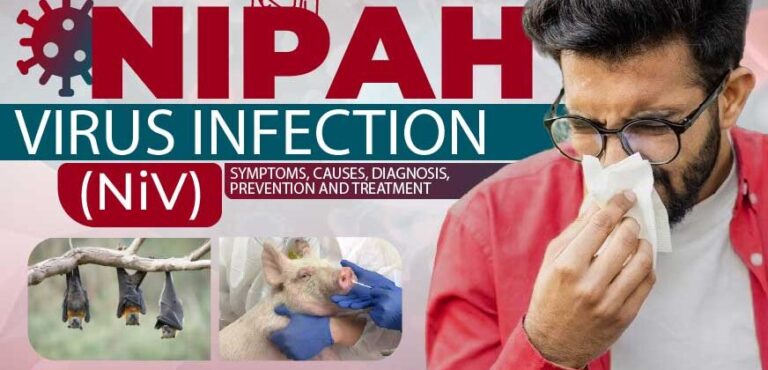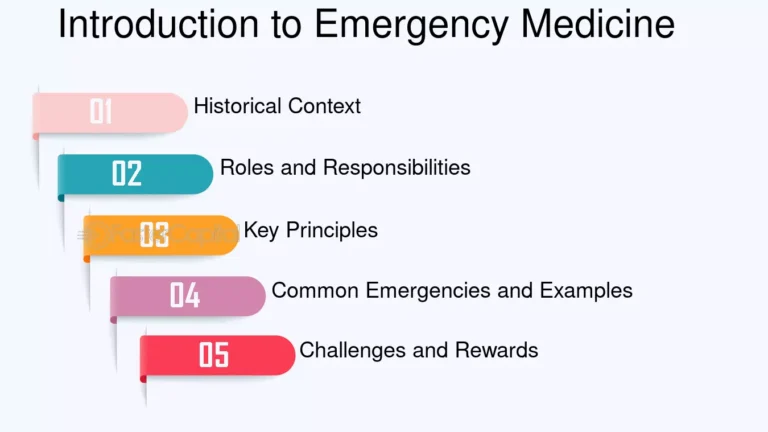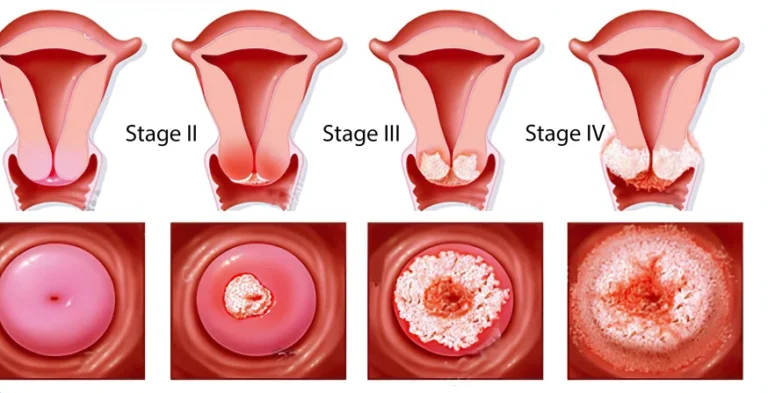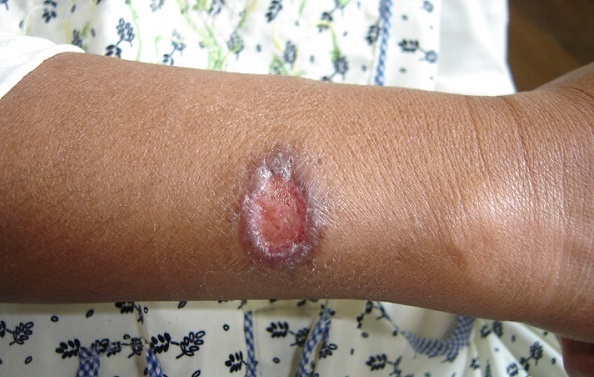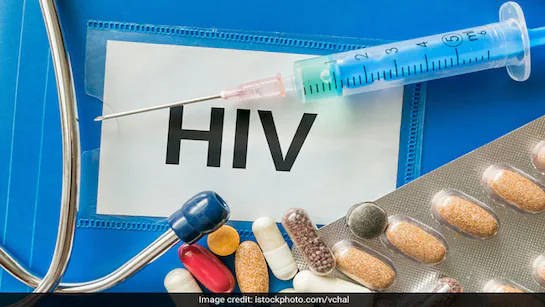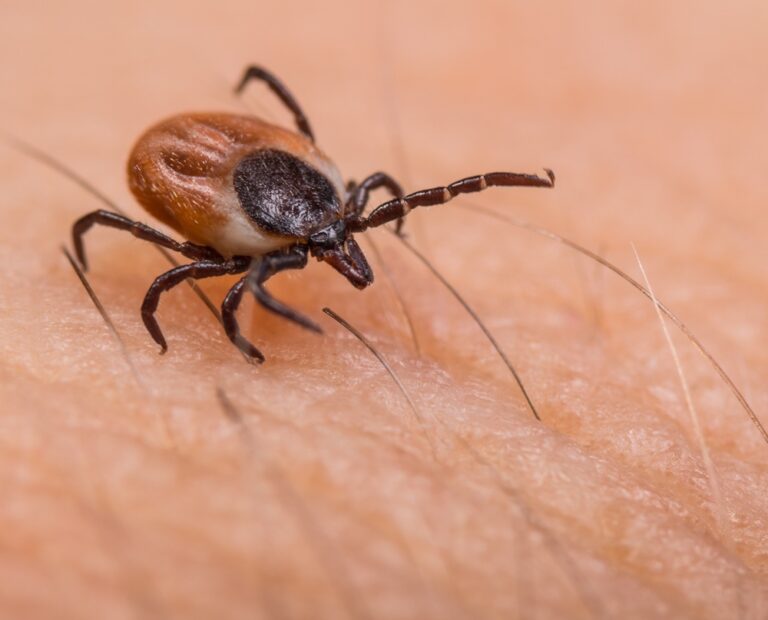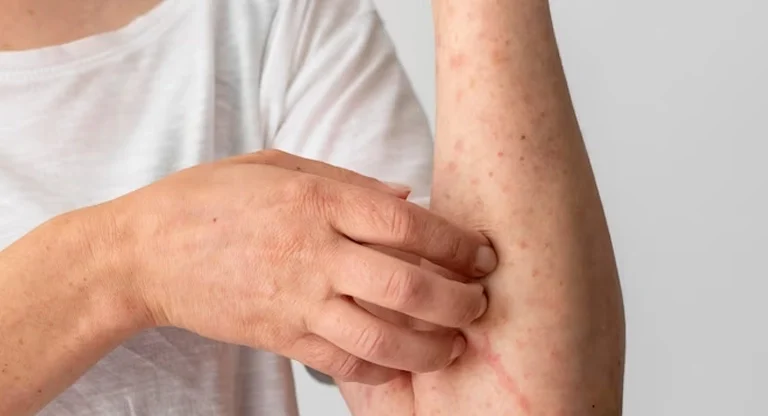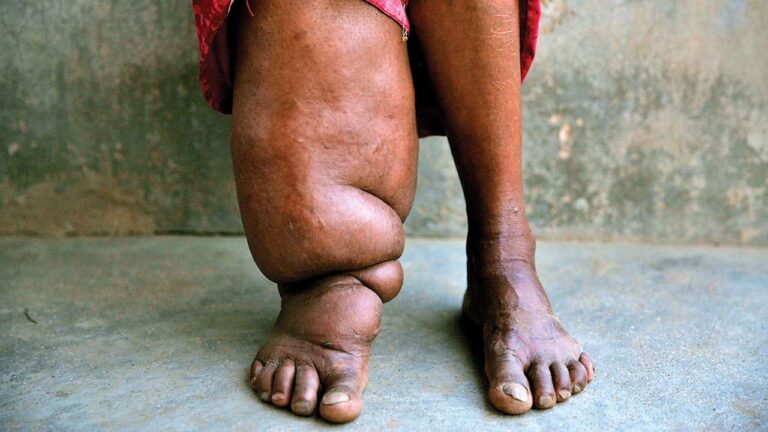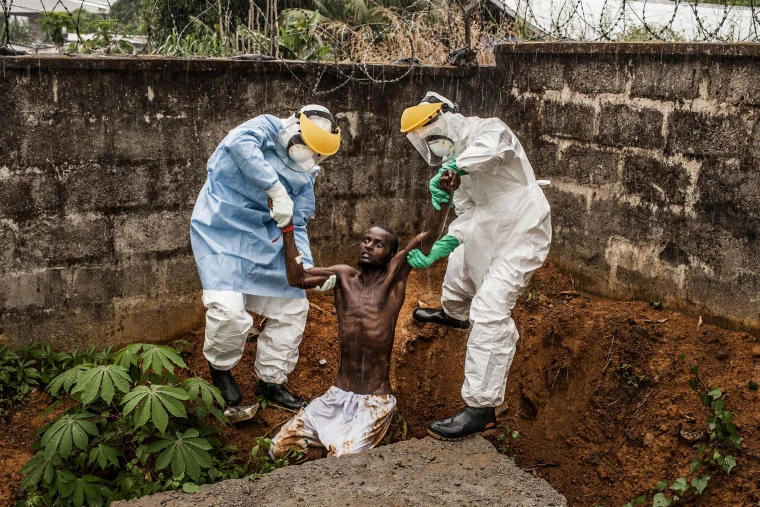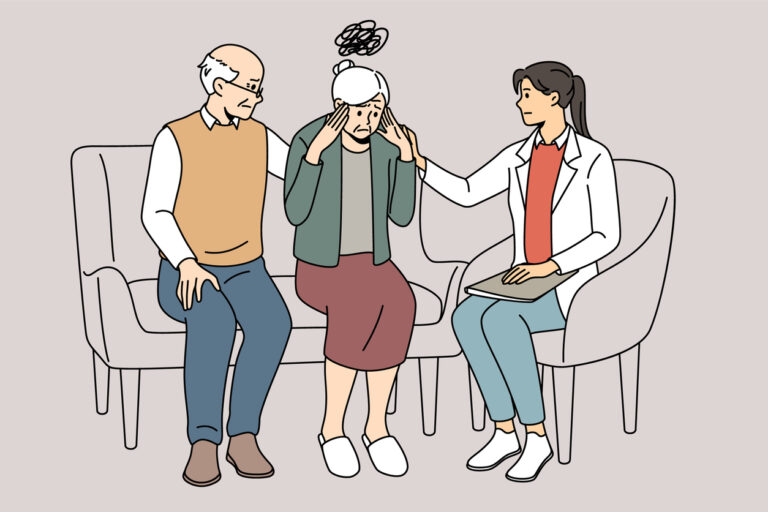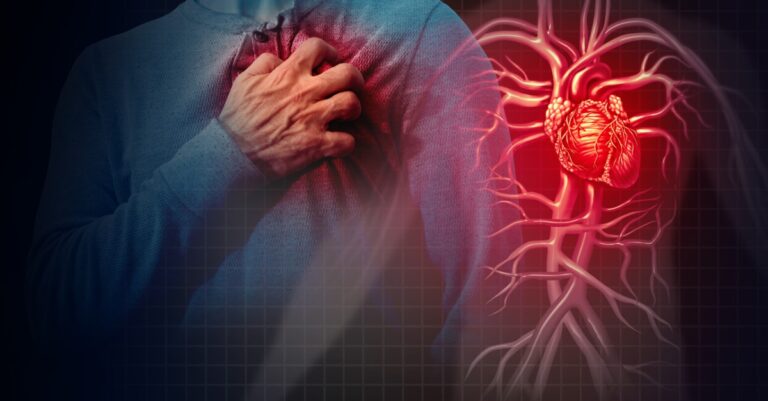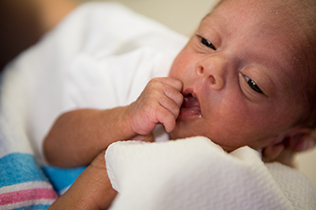Malaria
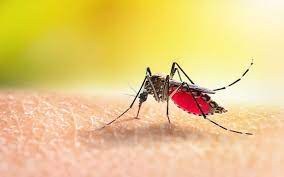
Malaria is a life-threatening disease caused by parasites that are transmitted to people through the bites of infected female Anopheles mosquitoes. While preventable and treatable, it remains a major global health challenge, particularly in tropical and subtropical regions.
Understanding Malaria:
- Causative Agents:
- Malaria is caused by protozoan parasites of the Plasmodium genus.
- Five species of Plasmodium cause malaria in humans:
- Plasmodium falciparum (the most deadly)
- Plasmodium vivax
- Plasmodium ovale
- Plasmodium malariae
- Plasmodium knowlesi
- Plasmodium falciparum (the most deadly)
- Transmission:
- The primary mode of transmission is through the bites of infected female Anopheles mosquitoes.
- Transmission can also occur through:
- Blood transfusions.
- Organ transplants.
- Sharing contaminated needles or syringes.
- Congenital malaria (from a pregnant woman to her unborn baby).
- Blood transfusions.
- The primary mode of transmission is through the bites of infected female Anopheles mosquitoes.
The Malaria Life Cycle:
The malaria parasite’s life cycle involves two hosts: humans and mosquitoes.
- Infection of Humans:
- When an infected Anopheles mosquito bites a human, it injects sporozoites (parasite forms) into the bloodstream.
- The sporozoites travel to the liver, where they mature into schizonts.
- Schizonts rupture, releasing merozoites into the bloodstream, which infect red blood cells.
- Inside the red blood cells, merozoites develop into gametocytes.
- When an infected Anopheles mosquito bites a human, it injects sporozoites (parasite forms) into the bloodstream.
- Infection of Mosquitoes:
- When a mosquito bites an infected human, it ingests gametocytes.
- Inside the mosquito, gametocytes develop into sporozoites, completing the life cycle.
Symptoms:
Malaria symptoms can vary depending on the Plasmodium species and the individual’s immunity. Common symptoms include:
- Fever and chills.
- Headache.
- Muscle aches and fatigue.
- Nausea and vomiting.
- Diarrhea.
- Abdominal pain.
- Sweating.
Severe malaria, primarily caused by P. falciparum, can lead to:
- Cerebral malaria (seizures, coma).
- Severe anemia.
- Respiratory distress.
- Kidney failure.
- Pulmonary edema.
Diagnosis:
- Microscopy:
- The gold standard for malaria diagnosis, involving the examination of blood smears under a microscope to identify parasites.
- Rapid Diagnostic Tests (RDTs):
- These tests detect malaria antigens in blood samples and provide rapid results.
- These tests detect malaria antigens in blood samples and provide rapid results.
- Polymerase Chain Reaction (PCR):
- This is a highly sensitive test, that detects the parasites DNA.
- This is a highly sensitive test, that detects the parasites DNA.
Treatment:
- Antimalarial Medications:
- The choice of antimalarial medication depends on the Plasmodium species, the severity of the infection, and the patient’s age and pregnancy status.
- Common antimalarial drugs include:
- Artemisinin-based combination therapies (ACTs).
- Chloroquine (for chloroquine-sensitive malaria).
- Quinine.
- Atovaquone-proguanil. Primaquine.
- Artemisinin-based combination therapies (ACTs).
- The choice of antimalarial medication depends on the Plasmodium species, the severity of the infection, and the patient’s age and pregnancy status.
- Supportive care is also crucial.
Prevention:
- Vector Control:
- Insecticide-treated bed nets (ITNs).
- Indoor residual spraying (IRS).
- Larval control measures.
- Insecticide-treated bed nets (ITNs).
- Chemoprophylaxis:
- Antimalarial medications taken preventatively by travelers to malaria-endemic areas.
- Antimalarial medications taken preventatively by travelers to malaria-endemic areas.
- Vaccines:
- Several Malaria vaccines are now being utilized in different parts of the world.
- Several Malaria vaccines are now being utilized in different parts of the world.
- Personal Protective Measures:
- Using insect repellents.
- Wearing long-sleeved clothing and trousers.
- Avoiding outdoor activity during dawn and dusk.
Public Health Importance:
- Malaria remains a major public health problem, particularly in sub-Saharan Africa.
- It disproportionately affects children under five years old and pregnant women.
- Global efforts are focused on malaria elimination, including:
- Increased access to prevention and treatment.
- Development of new tools, such as vaccines and drugs.
- Strengthening health systems.
It is important to seek medical attention immediately if you experience symptoms of malaria, especially after traveling to a malaria-endemic area.
I hope this information is helpful.


